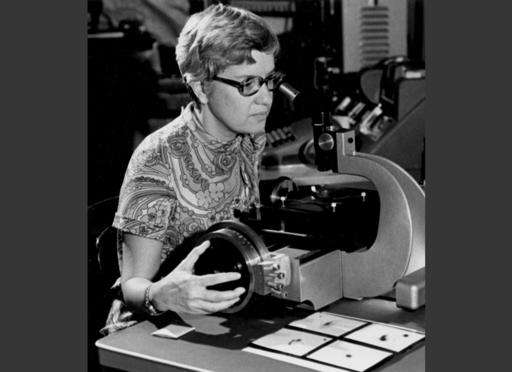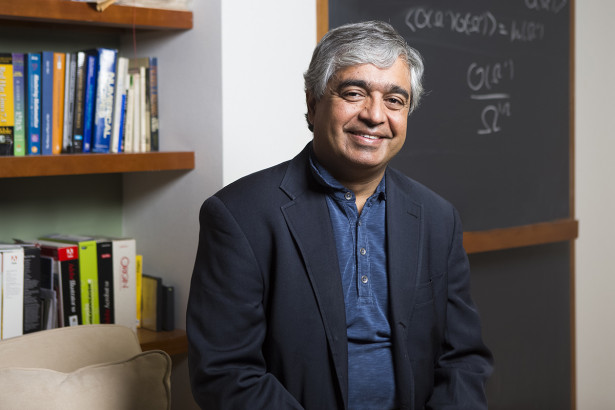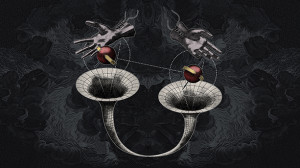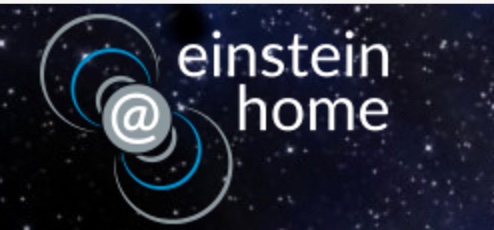Category Archives: Cosmology
Applying Machine Learning to the Universe’s Mysteries
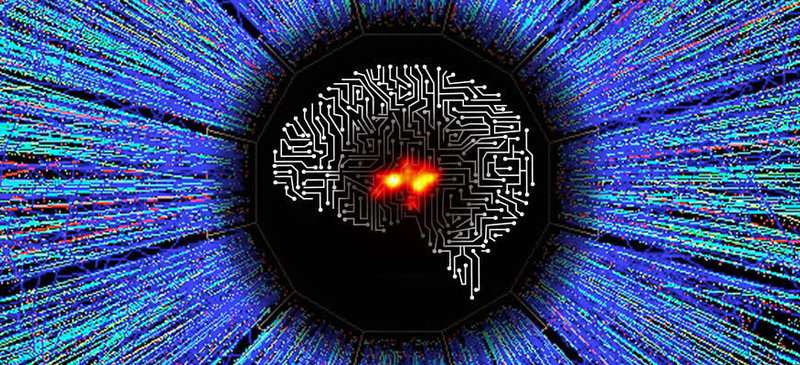 Computers can beat chess champions, simulate star explosions, and forecast global climate. We are even teaching them to be infallible problem-solvers and fast learners.
Computers can beat chess champions, simulate star explosions, and forecast global climate. We are even teaching them to be infallible problem-solvers and fast learners.
Source: Applying machine learning to the universe’s mysteries
Dawn of Private Space Science Symposium 2017 | #DPSS17
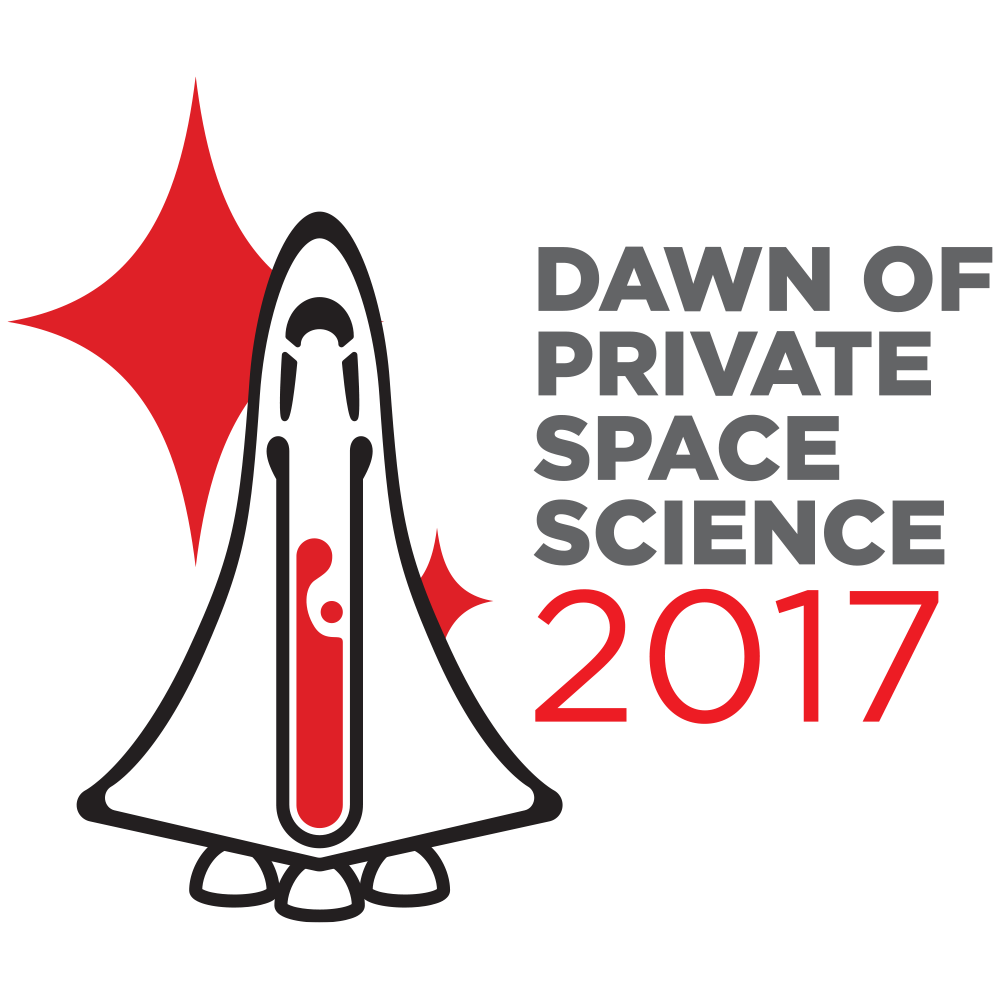 Bringing scientists, foundations, corporations, policy makers & private spacelines under one roof to chart the future of space science @ Columbia University
Bringing scientists, foundations, corporations, policy makers & private spacelines under one roof to chart the future of space science @ Columbia University
Source: Dawn of Private Space Science Symposium 2017 | #DPSS17
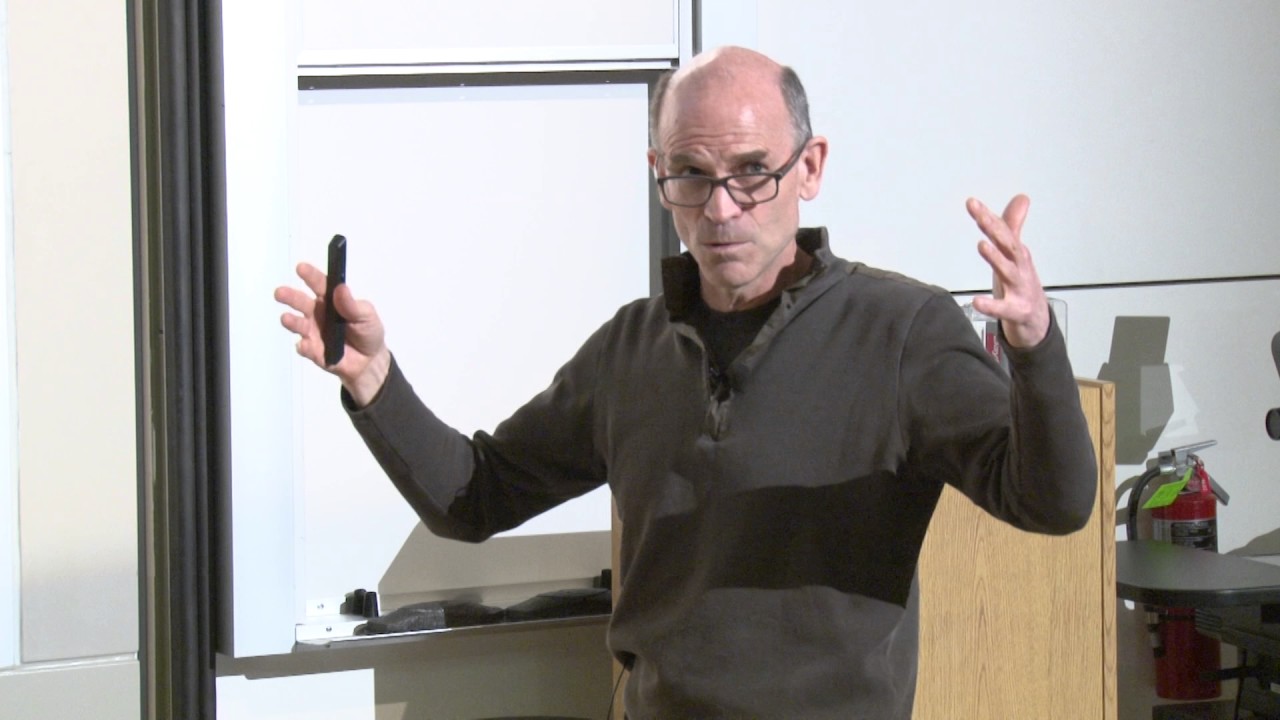
Lecture: John Carlstrom – What Do We Know About The Big Bang?
John Carlstrom gives the plenary lecture at the New Horizons in Inflationary Cosmology Templeton Conference organized by the Stanford Institute for Theoretical Physics.
Our understanding of the origin, evolution and make-up of the Universe has undergone dramatic and surprising advances over the last decades. Much of the progress has been driven by measurements of the fossil light from the big bang, called the cosmic microwave background radiation, which provides us with a glimpse of the Universe as it was 14 billion years ago. This talk will discuss what we know about the Big Bang and how we learned it. We will also talk about the new questions we are asking about the origin of the Universe and the experiments being pursued to answer them, peering back to the beginning of time.
Click here for the: Stanford Institute for Theoretical Physics
Series of New Posts: Lectures, talks, podcasts, etc…
I will be starting a regular series of posts of lectures, talks, podcasts, etc. If you have requests for topics, please feel free to comment on this post or send me a message via the contact links. The first of these posts is below:
On Oct. 7, 2015, Perimeter Institute Director Neil Turok opened the 2015/16 season of the PI Public Lecture Series with a talk about the remarkably simplicity that underlies nature. Turok discussed how this simplicity at the largest and tiniest scales of the universe is pointing toward new avenues of physics research and could lead to revolutionary advances in technology.
www.perimeterinstitute.ca
www.twitter.com/perimeter
www.facebook.com/pioutreach
Vera Rubin, who did pioneering work on dark matter, dies
Vera Rubin, a pioneering astronomer who helped find powerful evidence of dark matter, has died, her son said Monday.
Source: Vera Rubin, who did pioneering work on dark matter, dies
Simons Observatory To Search For Origin Of The Cosmos | Simons Foundation
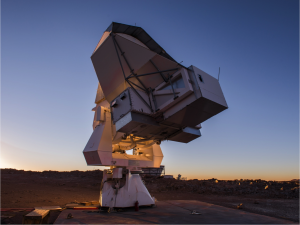
A new facility to be built in Chile aims to uncover what happened in the instant after the Big Bang and answer other cosmological questions.
Source: Simons Observatory To Search For Origin Of The Cosmos | Simons Foundation
Possible signature of dark matter annihilation detected
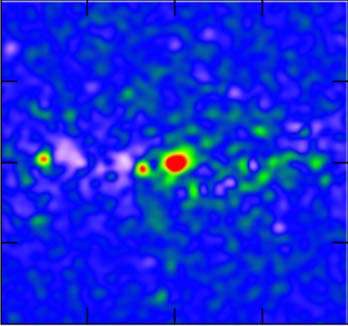
A false-color image of the anomalous gamma-ray emission from the central region of the Milky Way galaxy; this emission is suspected of coming from dark matter annihilation. In this image, the emission from conventional sources has been subtracted from the total. The region covers roughly five degrees; the brightest emission is colored red and faintest blue. Credit: Daylan et al.
CfA astronomer Doug Finkbeiner and a team of colleagues claim to have identified just such a signature of dark matter annihilation.
Read more at: http://phys.org/news/2016-03-signature-dark-annihilation.html#jCp
Taming Superconductors With String Theory | Quanta Magazine
The physicist Subir Sachdev borrows tools from string theory to understand the puzzling behavior of high-temperature superconductors.
Time Entanglement Raises Quantum Mysteries | Quanta Magazine
Quantum Weirdness Now a Matter of Time Bizarre quantum bonds connect distinct moments in time, suggesting that quantum links — not space-time — constitute the fundamental structure of the universe.
Source: Time Entanglement Raises Quantum Mysteries | Quanta Magazine
